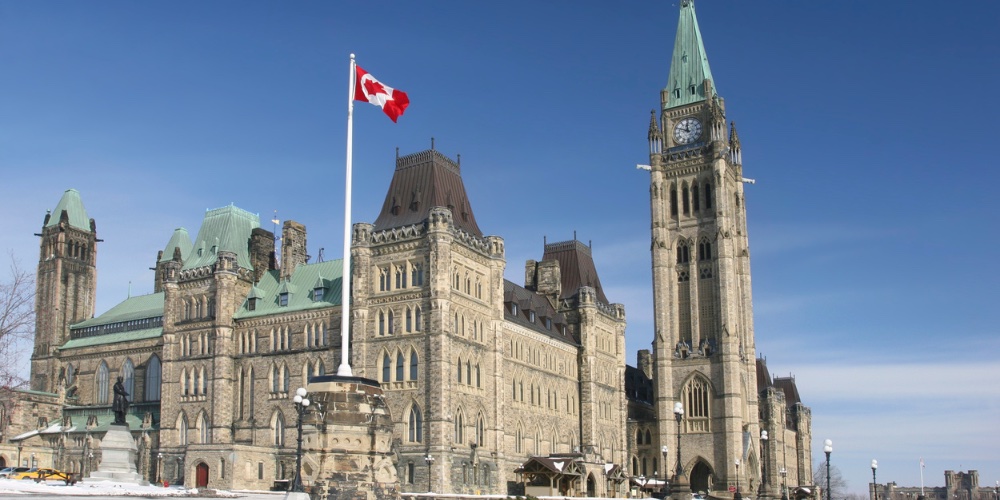Which Canadian Province is the Healthiest? A New Study Reveals Surprising Results

Have you ever wondered which province in Canada is the healthiest?
Well, the good folks at Light House Dental Centre took on the task of finding out! In their latest study, they analyzed the health landscape of all 13 provinces, considering factors like emissions, obesity rates, stress levels, and chronic health conditions such as diabetes and high blood pressure.
Let’s dive into the findings, especially if you call Ontario home ... you might be curious about where we stand.
How Did Ontario Fare?
For Ontarians, the news is a mixed bag.
We didn’t snag the top spot, but we didn’t hit rock bottom either.
Ontario landed in 5th place with a respectable score of 67 out of 100. Not too shabby, eh? But there's always room for improvement!
The Top and Bottom of the Health Ladder
Yukon takes the crown as the healthiest province/territory, boasting an impressive score of 85. On the flip side, Nova Scotia and New Brunswick find themselves at the lower end of the spectrum with scores of 40 and 44.7, respectively.
The Healthiest Provinces at a Glance
- Yukon: 85
- Nunavut: 85
- British Columbia: 76
- Alberta: 72
- Ontario: 67
- Manitoba: 66
- Quebec: 65
- Saskatchewan: 65
- Northwest Territories: 64
- Prince Edward Island: 52
- Newfoundland and Labrador: 51
- New Brunswick: 45
- Nova Scotia: 40
Breaking Down the Yukon’s Health Success
Yukon’s winning score is thanks to several factors:
- Emissions: The lowest in Canada at just 0.15 tonnes per square km.
- Stress Levels: Moderately low with 16.5% of the population feeling stressed.
- Obesity: High at 31.9%, but offset by lower percentages of chronic conditions like diabetes and COPD.
- Smoking and Drinking: Lowest daily smoker percentage (10.5%) but a notable 20.7% heavy drinking rate.
- Healthcare Access: About 83% of residents have a regular healthcare provider.
A Closer Look at Other Provinces
Nunavut also shines with low emissions and stress but struggles with a high smoking rate of 46.8%. Only 23.6% have a regular healthcare provider, resulting in a final score just shy of Yukon’s at 84.8.
British Columbia scores well with low obesity rates (22.9%) and moderate stress levels (20.6%), landing a solid 75.5.
Alberta sees high emissions (14.15 tonnes per square km) and moderate stress (20.1%), earning a score of 71.5.
Ontario’s Health Landscape
Ontario’s health score reflects a mix of highs and lows:
- Emissions: 2.7 tonnes per square km.
- Stress Levels: High at 20.9%.
- Obesity: 28.1%.
- Cancer Rate: High at 496.3 per 100,000 people.
The Less Healthy Provinces
At the other end, Nova Scotia and New Brunswick face significant health challenges:
- Nova Scotia: Highest cancer rate at 676.7 per 100,000 people and the highest percentages of diabetes and COPD.
- New Brunswick: High obesity (37.4%) and cancer rates (633.5 per 100,000 people).
The Takeaway
This study by Light House Dental Centre provides an eye-opening look at the health disparities across Canada’s provinces. While Yukon leads the way with stellar health metrics, provinces like Nova Scotia and New Brunswick highlight areas needing improvement.
For those of us in Ontario, let’s take pride in our mid-range score and strive for better health by making informed lifestyle choices and advocating for improved healthcare access.
Check out the full study at Light House Dental Centre's website to see how your province stacks up and what you can do to contribute to a healthier Canada!
Beat FOMO by being in the know!
Sign up for our newsletter today and never miss a beat.







